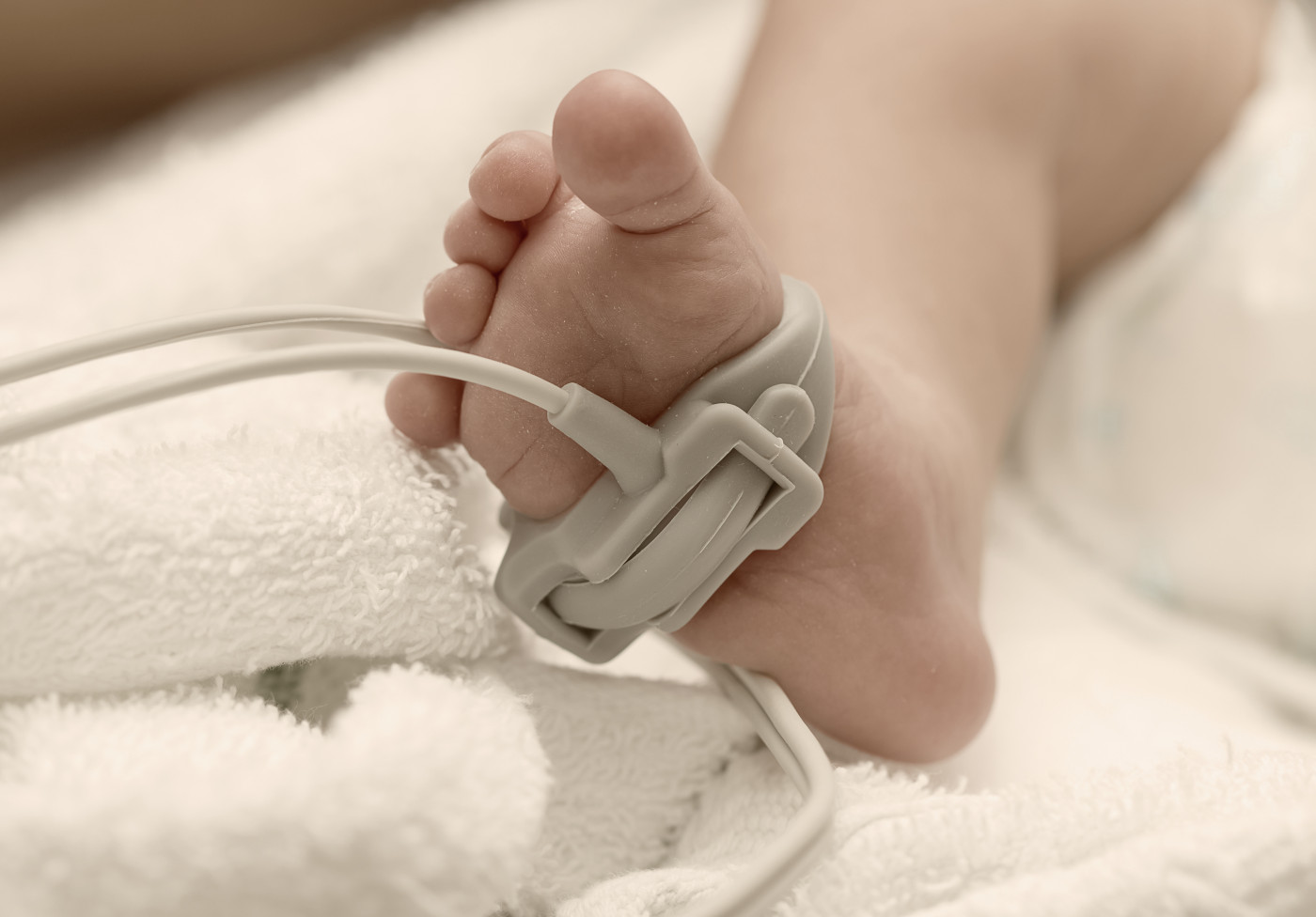Significant Racial Variability Exists Among Subtypes and Survival in Children with PH, Study Says

Analysis of a North American pediatric registry revealed significant variability of pulmonary hypertension (PH) subtypes among children of different racial and ethnic groups, with reduced survival rates among black children with lung disease-associated PH, a new study reports.
The study, “Racial and Ethnic Differences in Pediatric Pulmonary Hypertension: An Analysis of the Pediatric Pulmonary Hypertension Network Registry,” was published in The Journal of Pediatrics.
PH is a rare lung disease characterized by high blood pressure in the pulmonary arteries. According to the World Health Organization, PH can be divided into five groups based on its association with other diseases.
Differences in survival rates according to race/ethnicity in adults with PH has been well-documented, with increased mortality being reported among racial and ethnic minorities, compared to white populations.
A comparison of PH subtypes in adults, for instance, showed a higher incidence of connective tissue disease and anemia-associated PH among black populations, while congenital heart-disease-associated PH was higher in Hispanic patients. The incidence of idiopathic PH and familiar PH was found to be higher among white patients.
However, the incidence of PH and PH subtypes in children from different racial and ethnic communities has not been assessed.
To address this issue, researchers conducted an analysis using patient data from the Pediatric Pulmonary Hypertension Network (PPHNet) registry (NCT02249923), which includes medical records from eight pediatric PH centers throughout North America.
In total, 1,417 children (18 years old or younger) were enrolled in the registry between 2014 and 2018. Researchers collected data on demographics such as age, sex, race, and ethnicity, as well as PH subtypes and patient outcomes. Socioeconomic status of PH children, based on the 2016 US Census Bureau’s Small Area Income and Poverty Estimates, were also evaluated to determine the impact of socioeconomics on clinical outcomes.
Racial groups were divided into six categories: black, white, Asian, American Indian/Alaska Native, Native Hawaiian/other Pacific Islander, and multiracial. Ethnicity was categorized as Hispanic/Latino and non-Hispanic/Latino (Brazilian origins).
In the study population, 60.1% self-identified as white, 13.1% black, 9.1% Asian, 1.6% multiracial, 1.0% American Indian or Alaska Native, and 0.7% Native Hawaiian or other Pacific Islander. Hispanic or Latino ethnicity comprised 16% of the study group.
The researchers also conducted a separate analysis on PH newborns (neonatal) in the first four weeks of life, and compared them with patients diagnosed after the neonatal period.
Lung disease-associated PH (688 patients; 48.6%) and pulmonary arterial hypertension (PAH) patients (591; 41.7%) represented 90.2% of the study population.
Lung disease-associated PH was the most common subtype among black, white, and multiracial patients, whereas PAH was most common among Asian, American Indian/Alaska Native, and Native Hawaiian/Pacific Islander patients. Both subtypes were common among Hispanic patients.
The researchers found an association between race/ethnicity and several PH subtypes. The results were reported using an odds ratio (OR) — an odds ratio greater than one indicates an increased likelihood of an association, whereas a ratio less than one means a less likely association.
Asian patients were more likely to have PAH (OR of 2.04), and less likely to develop lung disease-associated PH (OR of 0.51). Black patients were less likely to have PAH (OR of 0.57), but had a higher incidence of chronic thromboembolic pulmonary hypertension (CTEPH; OR of 5.60).
Hispanic patients were more likely to be diagnosed with pulmonary veno-occlusive disease (PVOD; OR of 6.11), and white patients had a higher risk of idiopathic PAH (OR of 1.58).
In American Indians/Alaska Native and Native Hawaiians/other Pacific Islander patients, a higher incidence of schistosomiasis-associated PH was detected (OR of 30.7). Native Hawaiian/other Pacific Islander patients also had a higher incidence of PVOD (OR of 22.2).
The analysis of newborns (neonatal analysis) showed persistent PH of the newborn (PPHN; OR of 4.07), and bronchopulmonary dysplasia (BPD; OR of 8.11) were more prevalent among black neonates; whereas congenital diaphragmatic hernia was more prevalent among white children (OR of 2.29).
To assess the variability in survival outcomes, an additional statistical analysis was conducted and reported as hazard ratios (HR) — a value higher than one represents an increased risk of mortality.
Black children diagnosed with PH after the neonatal period had a higher risk of mortality (HR of 2.46), and this risk remained regardless of age, sex, and poverty rate. A higher risk was also observed for Native Hawaiian/other Pacific Islander children, regardless of demographics (HR of 4.97). During the neonatal period, there was no significant increase in mortality risk among these racial groups.
Overall, the results showed an increased mortality risk among black children, and suggested that this was primarily due to an increased mortality risk among those with lung disease-associated PH.
The socioeconomic analysis revealed that black and Hispanic children were more likely to live in counties with a higher poverty rate, while Asian and white children were less likely to live in these areas. These poverty rates did not seem to be associated with survival outcomes.
Taken together, the data showed a “significant racial variability in the prevalence of pulmonary hypertension subtypes and survival outcomes among children with pulmonary hypertension,” the team said.
“Given the substantial burden of this disease, further studies to validate phenotypic differences and to understand the underlying causes of survival disparities between racial and ethnic groups are warranted,” the researchers added.







